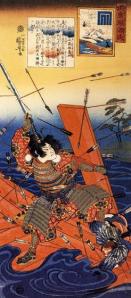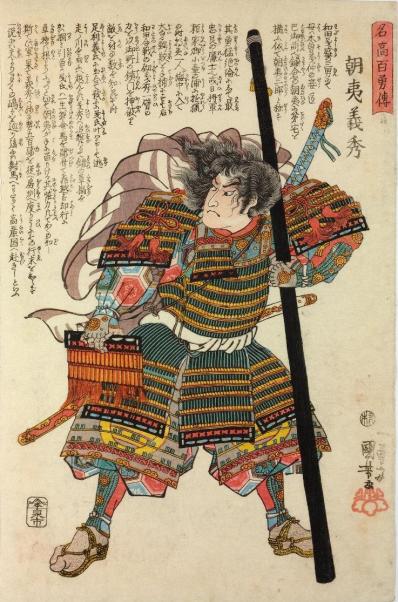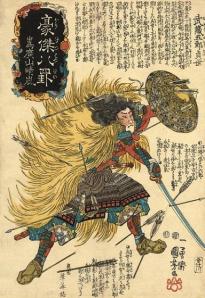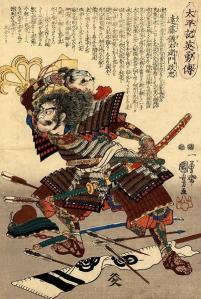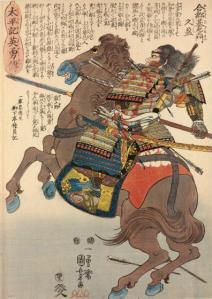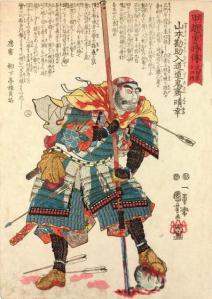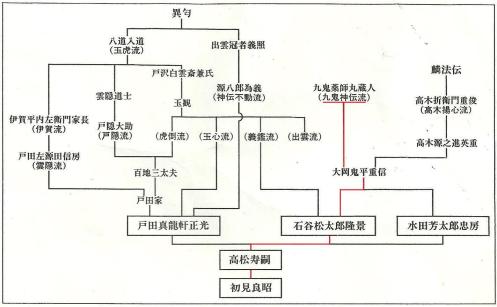Chasing a Rat down a Hole
From Classical Martial Arts Research Academy by Luke Crocker (Atemi)
After some discussion on the Historic Ninjutsu Research Facebook group regarding an image of the “shinobi” from the Wakan Sansai Zue (和漢三才図会) written in 1712, there had been some disagreement around it.

Wakan Sansai Zue (和漢三才図会) written in 1712
Several people got caught up on the fact that the individual who is leaping over the wall in the illustration is wearing some sort of animal costume. This had been speculated to be inferring a connection to the Katō Danzō (加藤 段蔵, c. 1503 – 1569), a shinobi who was said in folk myth to be able to transform into a rat. One source (currently unavailable for reference) states that he was a rat breeder as his main daily occupation.
Most concluded that it was some form of canine costume, however, when looking at the ears, shape of the head, and tail, it as quite evident that it is a rat, particularly a spotted rat, which was considered special or lucky in the 17th century.
Existence of Spotted Rats
There was some dispute about spotted rats in Japan at that time, as one individual claimed that the spotted pattern came form a popular breeding practice in Europe in the 19th century. However, this was easily disputed with a quick google search, where I found two manuscripts regarding rat breeding. the first, Yosotama no kakehashi (養鼠玉のかけはし), was from 1775, and the second, Chingan Sōdate Gusa (珍玩鼠育草), was from 1787. Both documents provided illustrations of spotted rats. At this point all three documents in regard to this investigation was from the 18th century.

Yosotama no kakehasi 養鼠玉のかけはし was from 1775 
Yosotama no kakehasi 養鼠玉のかけはし was from 1775 
Chinganso Date Gusa 珍玩鼠育草 was from 1787
The Wakan Sansai Zue also has a section focused on rats, in which we can see a spotted rat in the first volume as well. it has been speculated that the previous two texts drew some inspiration from this text.

Wakan Sansai Zue (和漢三才図会) regarding rats. 
Wakan Sansai Zue (和漢三才図会) regarding rats. 
Wakan Sansai Zue (和漢三才図会) regarding rats. 
Wakan Sansai Zue (和漢三才図会) regarding spotted rats.
Nomenclature of “Shinobi”
An interesting note regarding the term used to refer to the shinobi here has the kanji 游偵 (Yūtei), while there’s hiragana next to it saying しのびのもの (shinobi no mono). This name appears in the Bansenshūkai as one of the names the Chinese had referred to spies by. In the Bansenshūkai, however, it is written as 遊偵 (found in the Q/A section of the preface, still read as “yūtei”), but then written as 游貞 in the first volume of Seishin.
In other sources (citation unavailable at the moment), yūtei has been shown to have several variants of the first kanji, such as 斿, 游, 浮, 遊. All of which expresses a sense of floating, drifting, or roaming. And Tei (偵) means to investigate, spy or acquire protected information. Thus, yūtei means to travel or roam around gathering information.
Note: ukitei (浮偵) also suggests a principle of movement called ukimi (浮身) found in the classical martial arts, that can also be seen in the judo movements of the late Kyuzo Mifune.

Yutei (遊偵) as found in the Bansenshukai, chapter on Questions and Answers. 
Yutei (游貞) as found in the Bansenshukai, chapter on Seishin.
Under the heading for shinobi in the Wakan Sansai Zue, there is listed a few other terms:
課者・細作・邏候・探伺・間諜
Wakan Sansai Zue 和漢三才図会 (1712)
Kasha (課者)
The first of these terms is kasha (課者), which was an interesting one to dig into. Dictionaries generally define this first character as “chapter; lesson; section; department; division; counter for chapters (of a book).” But when we break it down, we have “[to get] results (果) with words (言) [in order to obtain results]”; investigation. and with the second character (者), it becomes “those who investigate“.
Saisaku (細作)
The first ideogram can be read as hosoi (細) which means, “work meticulous, fine, delicate, precise,” The second ideogram, (作), means: “to manufacture, make, build, work, or harvest.” One can translate saisaku as, “One who manufactures [creates] with meticulousness [a plan]” or “One who collects what is fine, delicate [quietly perceives essential information].”
Rakō (邏候)
Some very old characters here, and digging did not get me to far; apparently this is connected to Edo period police investigations but I don’t have a reliable source for this at this moment. the first character can be broken down quite far, but for this well only divide it into 辵 “to walk or move” and 羅 “to surround like a net. This I understand to grow to refer “patrolling”, though one dictionary also suggests a borrowed definition of “concealment”. The second character, (候), means: “expectancy, make an attempt, sign, season, or time.” Breaking it apart however starts to suggest something conspicuous or clue-like. in medicine it has been used to refer to “symptoms”. Thus I understand this to mean something like “one who waits and watches clues to grasp the truth like a net.“
Tanshi (探伺)
The first ideogram (探) means: “grasp, grope; deep, intense, to deepen.” the second character is made up of a “person (人) who peers through a hole (司).” Though nowadays 司 is defined as as sort of government administrator, but we can understand that to be someone who oversees things. Thus tanshi means “one who perceives deeply.“
Kanchō (間諜)
One of the earliest names for a spy, the first character means a space between things, and the second character means something “flat” (葉) like a leaf, and words (言); spy ended up being a borrowed definition that has endured to today. Thus, kanchō can be understood to mean “one who acquires words by going between people.” though it also gives the image of being able to slip through small or impenetrable spaces.
Togakure-ryū Connection
It should also be noted that the “San”(of Togakure-ryū’s Santō Tonkō Gata (鼠逃遁甲型) can be read as “nezumi” and means rat. This isn’t the first time that I’ve heard of ninja being referred to as rats, in 2008, I was looking into how these kata could be expressed in a “squirmy” way like a fleeing rat. And then Takamatsu Toshitsugu’s favorite story was said (by Masaaki Hatsumi) to be “Neko no Myōjutsu” (猫之妙術), a story about a rat that fought off all cats except an old cat that had nothing left to live for.

Shinjin Ichinyo no Maki (神人一如), containing the Togakure-ryu Santo Tonko Gata – including usage of the Shuko, Shuriken, and mitsubishi.
The Santō Tonkō gata consists of twelve techniques in response to being grabbed by the arms, back of the neck, and when your cornered or surrounded by enemy (picture a rat being cornered by a cat, and just the same this is depicted in Neko no Myōjutsu). Each of these techniques finish with the statements of using one of the goton (五遁) of escaping using fire, earth, water, wood, or metal, as well as that of blinding powder, throwing blades and so on. True to the teachings of the tradition, they strive to avoid killing, aiming to only distract, escape and hide. As such none of these techniques describe lethal techniques – though they can certainly be made to be.
Yet another interesting connection is the depiction of a falconer just before (to the right) of the entry for shinobi. It has been established rather thoroughly by Sean Askew that the Toda family that had been the head of the Togakure-ryū tradition of ninjutsu for generations, were also well known for their falconry. So within this text we can see three correlations to the same tradition of ninjutsu:
1) Falconry – the trade of the Toda family
2) Connecting rats and ninjutsu
3) Reference to the Goton used by this tradition (see next section).
Chinese Link
The above entry about Yūtei, describes another text called Wǔ zá zǔ (五雜組), written sometime between 1567‐1624 by Xie Zhaozhe, with an additional preface added in 1616, that talks about Tonkeijutsu (遁形术), methods of hiding the form, just like we see in books such as Ito Gingetsu’s Ninjutsu no Gokui. Both these writings describe Tonkei/Tonko (遁形/遁甲) as using the five phases of wood, water, metal, earth, and fire (Ch: Wu Xing, Ja: Gogyo; 五行).



Wǔ zá zǔ (五雜組) that talks about Tonkeijutsu (遁形术)
Review
What has been presented here is my own collective knowledge on this subject based on historic primary sources. We can see that the depiction in the Wakan Sansai Zue is quite evidently that of a man in a rat costume (for what reason, I’m not at all sure), the existence of spotted rats and specialized breeding methods go back at least as far as the 16th century (and the same document hints at “ancient times”). w can also see that the author of the same document had a comprehensive grasp of obscure names for spies. We can also see clear correlation to the Togakure-ryū tradition of ninjutsu, and even its hints at a relationship with falconry. And the connection to Goton no jutsu was traced at least as far back as the early 16th century, and surely traces further back.
Sources referenced (chronological)
- Wǔ zá zǔ 五雜組 (1616~), by Xie Zhaozhe
- Bansenshūkai 萬川集海 (1676), by Fujibayashi Sabuji
- Wakan Sansai Zue 和漢三才図会 (1712), by Terajima Ryōan
- Neko no Myōjutsu 猫之妙術 (1727), by Niwa Jurozaemon Tadaaki
- Yosotama no kakehasi 養鼠玉のかけはし (1775 ), unknown author
- Chingan Sōdate Gusa 珍玩鼠育草 (1787), susposedly by “Tei-en-shi”
- Ninjutsu no Gokui 忍術の極意 (early 1900~), by Ito Gingetsu
- Togakure-ryū Shinjin Ichinyo no Maki 戸隠流神人一如の巻 (mid 1900~), by Masaaki Hatsumi
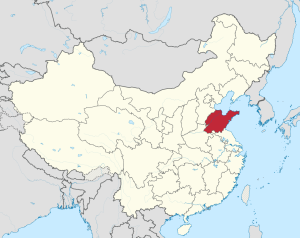

















 Toda Gosuke is historically recorded as working in the Oniwaban intelligence agency as well as being a head falconer for the Shogun.
Toda Gosuke is historically recorded as working in the Oniwaban intelligence agency as well as being a head falconer for the Shogun. He was very excited about the finds and insisted that I get everything translated over into Japanese for him right away.
He was very excited about the finds and insisted that I get everything translated over into Japanese for him right away.